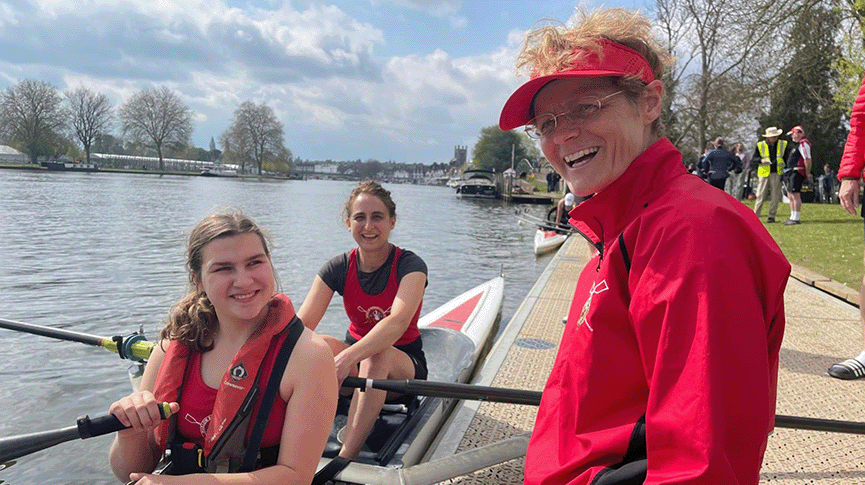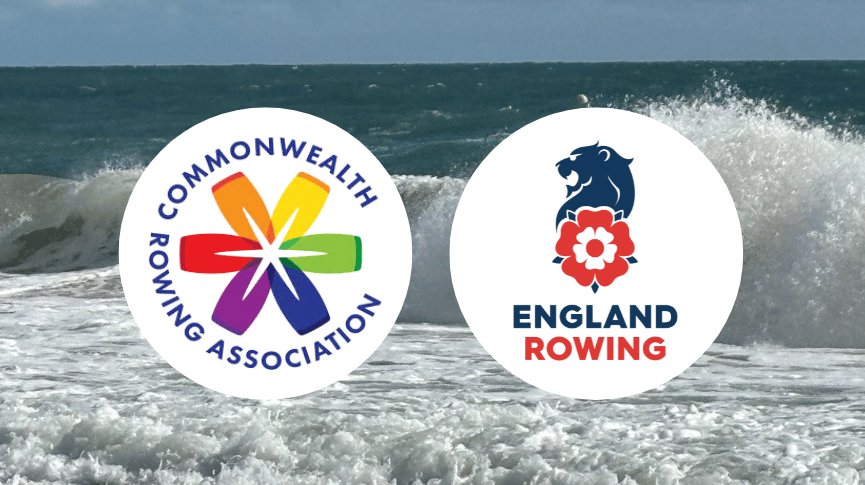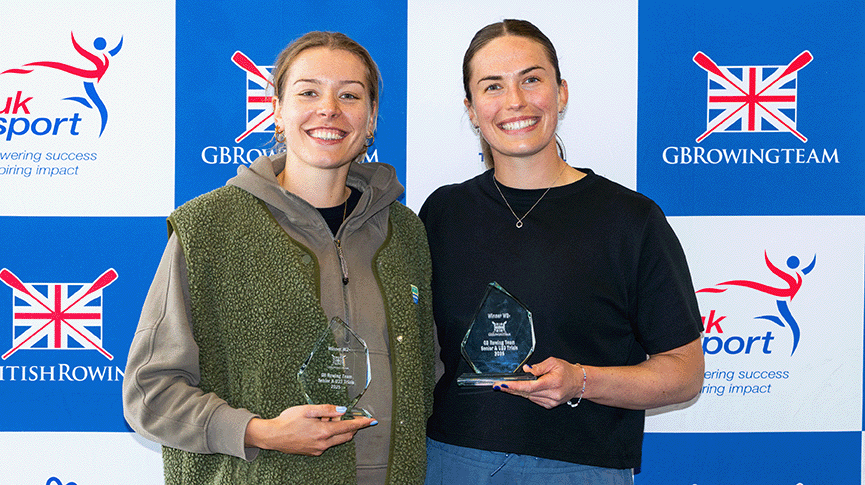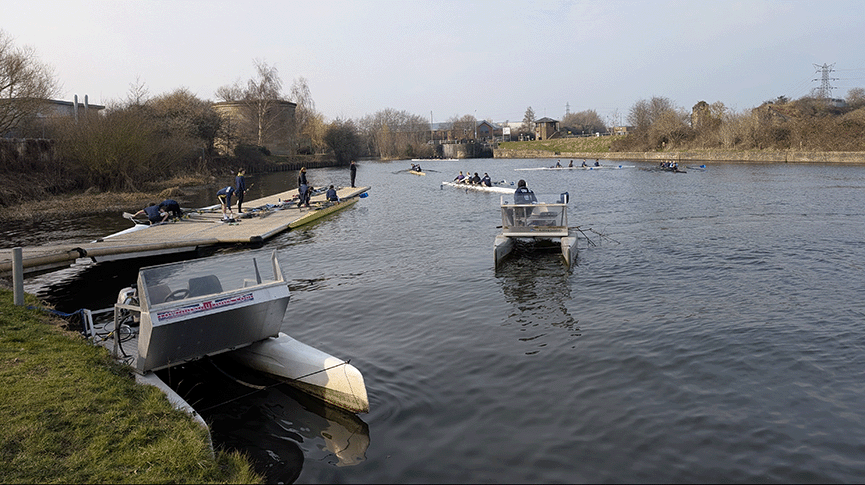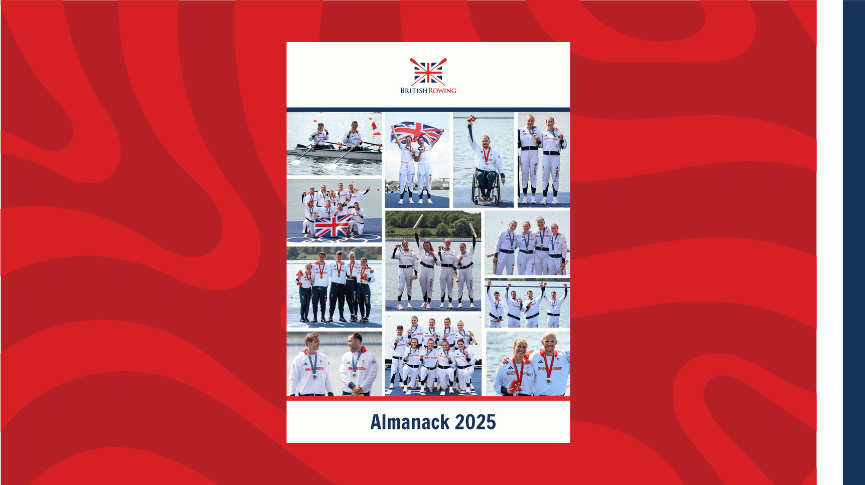Wearable training devices – what you need to know
Gareth Turner, EIS Physiologist with the GB Rowing Team, offers his insights to help put your training tech in context
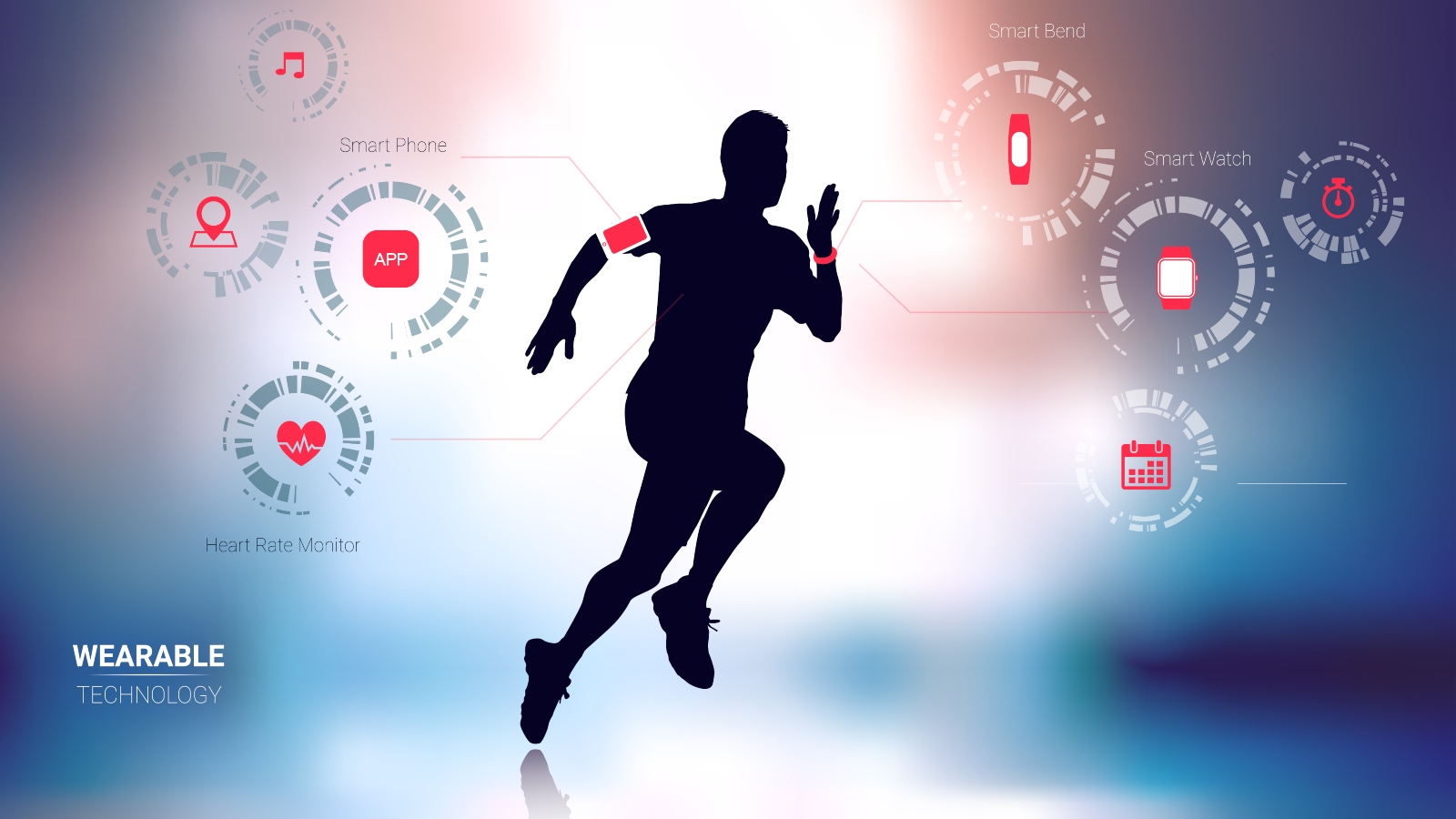
Photo: Shutterstock
With so many wearable devices available, it’s easy to get bogged down with all the data.
In sport, technology has long been utilised in the attempt to push the limits of human performance, win gold medals and break world records. As a result, coaches and sport scientists alike have had to get to grips with where technology is most appropriate and how best to interpret the data produced. Recent technological developments have focused on the machinery that is being ‘driven’ rather than the human driving it.
For the average club rower or weekend warrior, wearable technology may help to achieve your goals. It is estimated (1) that sales of smart wearable devices could be worth nearly $30 billion by 2023. Relating specifically to the rower, these are appealing as they are lightweight and affordable, while they detect, analyse and transmit information about various internal and external variables.
A typical watch starting between £100-£150 can quantify your training load (with GPS), training intensity (with heart rate), sleep duration and quality (through movement analysis) and activity levels (through step count).
Some watches will also tell you how hard the training session was and therefore how much time you need to recover. Unfortunately, some of this guidance is calculated through algorithms that have yet to be validated or accelerometers that are not accurate enough to draw conclusions.
Take, for example, assessing heart rate using a chest strap versus a wrist-based optical sensor. A study (2) presented at the 2017 American College of Sports Medicine’s annual meeting found that, in general, a wrist sensor underestimates average heart rate by approximately six beats per minute compared with the chest strap. Caution should be taken when live monitoring, prescribing and evaluating training sessions with a wrist-based optical sensor.
You shouldn’t ignore the power of listening to your body and thinking about how you feel
When considering using any wearable device there is a risk of getting bogged down in the almost endless amount of data.
Halson (2016) (3) has recommended asking the following:
• Will the device cause any harm?
• Does the device answer the performance-based question that has been defined?
• Has the device been scientifically examined for its validity and reliability?
• What are the implications of the data that is being collected?
In most cases wearables can be effective in providing objective data (measurable data) to guide training or monitor health status. Performance questions such as ‘Why isn’t my 2km ergo improving?’ or ‘Why am I missing so much training through illness?’ can be understood better with metrics collected with wearables.
But you shouldn’t ignore the power of listening to your body and thinking about how you feel.
Check the science!
Is it better to exercise alone or with your teammates online during the current lockdown? Read more here.
Another review (4) found that subjective questions (mood, stress and recovery) were more sensitive to changes in acute and chronic training loads compared with objective measurements.
Ultimately, it was recommended that athletes should report their well-being on a regular basis alongside physiological training data.
If you are looking for a detailed analysis on all the specifications of latest wearable tech and gadgets then check out DC Rainmaker at www.dcrainmaker.com.
However, athletes, coaches and sport scientists should first be assessing the need for the device before losing sight of the face-to-face interaction with their athletes and the context in which they are training.
Take it further – the references
1 CCS Insight forecast – www.ccsinsight.com
2 Willoughby CA, Snyder NC & Smith BK (2017) Comparison of VO2 max values obtained from the Garmin Forerunner 230 and 235. ACSM Annual Meeting: Session E-33
3 Halson S, Peake JM & Sullivan JP (2016) Wearable technology for athletes: information overload and pseudoscience? International Journal of Sports Physiology and Performance, 11(6): pp705–706
4 Saw AE, Main LC & Gastin PB (2015) Monitoring the athlete training response: subjective self-reported measures trump commonly used objective measures: a systematic review. British Journal of Sports Medicine, 50(5): pp281-91


